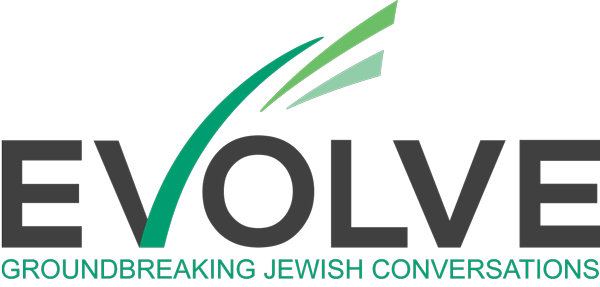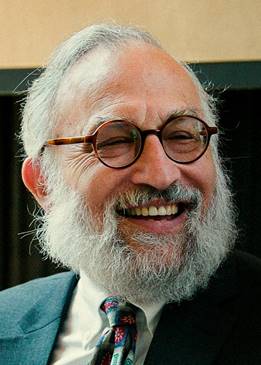In the premodern world, Jewish communities were naturally occurring, organic, self-governing entities. Modernity and secular citizenship ended that. It used to be that organic Jewish communities produced the organizations they needed. In our time, it is organizations that produce community. It is within the context of community that Jewish identity and a sense of belonging emerge. A long-standing Reconstructionist adage says, “Behaving precedes believing, and belonging precedes behaving.” Communities are the building block of Jewish life. In premodern times, living in a Jewish community was not a matter of choice, but in modern times it is. Rabbi Mordecai Kaplan, the founder of Reconstructionist Judaism, pointed out that in our time, Jews join communities voluntarily if they find belonging meaningful. How can we create and sustain meaning-rich communities with the power to transform lives? Our first step is to define what kind of community we are talking about.
The word community has a surprising number of different meanings. When we refer to a business community, we are referring to a definable set of shared economic interests among individuals and organizations that may have no direct contact with each other. When we talk about the medical community, we are usually referring to shared values and practices within a professional group. When we mention the Jewish community, we are referencing those who share an ethno-religious identification rather than ongoing shared interactions.
Another kind of community is one with shared social interaction and some level of mutual agreement. Such communities exist on a spectrum from limited to maximum liability. A bridge group might agree to meet in the same club room each Wednesday afternoon, to follow the standard rules for bridge, take turns bringing snacks and play no more than 25 hands. All those agreements are necessary for the life of the group, but they share no agreements beyond that. That is a minimum-liability community.
The more agreements there are about shared participation, in addition to the values and mission of the group, and the more frequently the group convenes, the further toward a maximum-liability community it becomes.
Members of maximum-liability communities, a commune for example, pool all their resources—skills, finances, energy — and use them for purposes agreed upon by the group. The group has agreed upon purposes, values, procedures and ways of doing things. If something happens to one member, everyone takes responsibility for helping that person and providing the labor needed to make up for that person’s unavailability. There are agreements about how children are cared for, meals are prepared, and sexual behavior is regulated.
Most congregations and havurot exist somewhere on the spectrum between these extremes. Some congregations require little more of their members than to pay dues. They market their programs to congregants as businesses do to consumers. Such congregations are close to the limited-liability end of the spectrum. Other congregations have additional requirements, such as taking turns providing the oneg Shabbat on Friday night or preparing Shabbat lunch for the congregation. This moves them further away from the limited end of the spectrum and increases the bonds among the members of the community. Some minyanim and havurot go further. One minyan I know for many years required its members to be in their seats by the time services began on Shabbat morning, and that rule — passed at a minyan meeting — was enforced by social pressure. Some havurot require each member to host the havurah on a rotating basis and to lead a program periodically as well. The more agreements there are about shared participation, in addition to the values and mission of the group, and the more frequently the group convenes, the further toward a maximum-liability community it becomes.
Recently, someone who is a member of a midsize Reconstructionist congregation, a Renewal group and a Reconstructionist minyan that they rarely attend said to me that when a family member had an extended illness and they needed help, they got far more help from the minyan’s members than from the other two groups that they attended more regularly. I wasn’t surprised, because the minyan has a strongly held commitment to mutual support, whether that involves meal trains, shiva minyanim or a ride to a medical appointment. Because the minyan has a high percentage of weekly attendance and talks often about values and Jewish obligations, it is much further over toward maximum liability than most congregations.
People tend to be drawn to a congregation by its attractive programming, such as a strong religious school, expansive social justice work, vibrant services or sophisticated adult education, as well as by its welcoming atmosphere. Their initial decision to join is often made as consumers. The challenge for congregations that genuinely wish to be communities is to help their members make the transition from consumers to citizens who are committed to helping the community to thrive.
The journey from consumer to citizen can be aided by a variety of means. Opportunities to get to know others through small groups build relationships that weave the fabric of community. Marking holy days and holidays in a shared calendar of practice strengthen those bonds. Acting out of shared values to better the community and the world beyond it deepens commitment. Receiving support from members during times of illness, death or stress strengthens bonds of community. Offering that kind of support can create a lifelong sense of belonging.
The challenge for congregations that genuinely wish to be communities is to help their members make the transition from consumers to citizens who are committed to helping the community to thrive.
Most congregations have subgroups within them where people do get to know each other. It is important for members to be part of several subgroups, as that weaves the entire congregation together. Often that does not occur enough without the conscious design and planning that community building usually requires. Large-scale activities such as lectures do not help with this process unless they are followed by small-group discussions or other devices that provide a more direct interpersonal connection. Many communities find that the oneg Shabbat following Friday-night services and kiddush lunch after Shabbat morning services are crucial places for connecting and building community. Eating together creates more intimacy.
Some congregations go out of their way to avoid controversial subjects such as Zionism, reparations and partisan politics. Since shared principles, values and beliefs provide community glue, avoiding difficult subjects tends to weaken rather than strengthen community. However, dealing with difficult subjects requires careful program design. Skilled facilitation can lead to an exploration of views in an atmosphere of mutual respect. Resetting the Table is one organization that exemplifies the possibility of training successful facilitators.[i] Speakers who provide information without ideological bombast can help as well. Successful conversations across differences build trust and understanding, two key ingredients in building community.
Communities develop their own cultures. This begins with their first pre-meetings, and their culture becomes stronger and more entrenched over time. I mentioned above that a strong community has a shared calendar. Of course, that only works if the rhythms of the calendar are broadly shared by the community’s members. When a significant percentage of members gather for services on Shabbat and holidays, their values are reinforced by those embedded in their prayer book. The voices joined together in song strengthen everyone’s sense of belonging. The words of Torah shared by sermons, dialogue and commentary help to create a shared ethos. Shared prayers help to bring a greater spiritual sense into the community.
In a congregation, some of the spirituality comes from a shared sense of the Divine Presence. But the loving relationships among community members provide at least as strong a spiritual connection. And for some, interpersonal connection is the sole reason for belonging to the community. Caring connection has transformative power in people’s lives.
Successful conversations across differences build trust and understanding — two key ingredients in building community.
Joining any community means a loss of autonomy. If it’s the Wednesday afternoon bridge group, the autonomy is only modified for a couple of hours that afternoon, and only enough to have a successful bridge game. The gain for the players clearly outweighs the loss of autonomy unless one is a heavy smoker and the others have banned smoking from the game. If the smoker feels strongly enough, that individual might leave the bridge group. The further a community is toward the maximum liability end of the spectrum, the more autonomy the member must give up to remain a member of the group. Generally, people will only remain in a community where they have a net gain; that is, the amount they gain from community membership outweighs the cost in loss of autonomy.
When Jews speak of covenantal community, they are ideally referring not only to spoken and unspoken agreements shared by the community. Jewish communities at their best have a shared sense of history that stretches from Abraham in our mythic past through Sinai to the present day. We preferably also share a connection to all the Jews who are alive today. And we ideally share a dedication to working toward a messianic future of justice, peace and plenty. A covenantal community also shares an understanding of how we interpret Torah and decide what practices we consider desirable and which we consider obligatory. Key to our shared understanding is an awareness that every human being is created betselem Elohim, in the image of God. The respect and caring that flow from our shared understandings are key to creating covenantal community.
[i] Resetting the Table does an excellent job of training facilitators, creating productive dialogue across differences and strengthening ties across economic, cultural and ethnic divides. For move about it, see https://www.resettingthetable.org.







